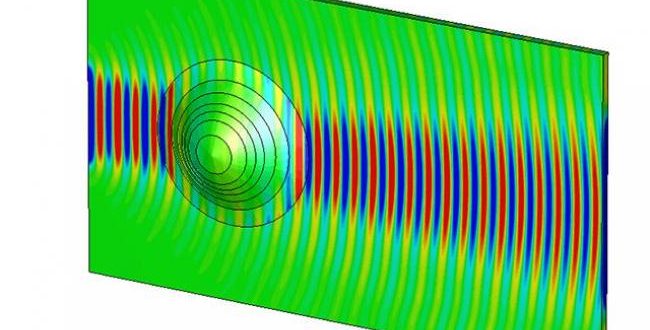Scientists from the UK have successfully made a raised object appear flat to electromagnetic waves – meaning that they are a step closer to having a full-blown cloaking device that can hide objects.
Scientists from Queen Mary College of London have demonstrated for the first time how a cloaking device can make curved surfaces look flat to electromagnetic waves. Though the device is not anything like Harry Potter’s invisibility cloak but it certainly has wider implications from hiding objects of different sizes and shapes to shielding military troops.
“The design is based upon transformation optics, a concept behind the idea of the invisibility cloak,” said co-author Professor Yang Hao.
“Previous research has shown this technique working at one frequency. However, we can demonstrate that it works at a greater range of frequencies making it more useful for other engineering applications, such as nano-antennas and the aerospace industry.”
Invisibility cloaks are designed to bend light around an object. They cannot exactly make an object invisible. Instead, they can cleverly reflect light to create an illusion that a thick object is completely flat.
The new cloak has seven distinct layers (called graded index nanocomposite) and has been shown to cover an object and by manipulating certain wavelengths of light make it invisible.
“The study and manipulation of surface waves is the key to develop technological and industrial solutions in the design of real-life platforms, for different application fields,” said lead author Dr Luigi La Spada.
“We demonstrated a practical possibility to use nanocomposites to control surface wave propagation through advanced additive manufacturing. Perhaps most importantly, the approach used can be applied to other physical phenomena that are described by wave equations, such as acoustics. For this reason, we believe that this work has a great industrial impact.”
Agencies/Canadajournal

 Canada Journal – News of the World Articles and videos to bring you the biggest Canadian news stories from across the country every day
Canada Journal – News of the World Articles and videos to bring you the biggest Canadian news stories from across the country every day

